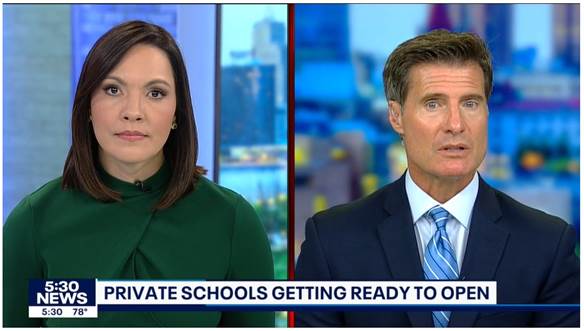“Why do I have to go to school?” goes the classic whine of a grade-school child.
“So you can graduate and get into a good college,” comes the answer from a wise and reverend adult.
“But why do I have to go to college?” runs the child’s rejoinder.
“To get a good job and be a successful adult!”
Exchanges such as the above are fairly common conversations between child and adult, whether the latter be a teacher, parent, or other respected elder. In fact, many of us have probably had a similar conversation at some point in our lives, from either the child’s or adult’s perspective.
Conventional wisdom says that the adult holds the correct view in this tête-à-tête—children need to finish school and be set directly on the college path, for success rarely comes without that magical piece of paper called a college degree.
But public opinion is shifting and beginning to side with the child in some respects. Yes, education in the K-12 realm is necessary … but how necessary is college? Are we actually doing our students a disservice by forcing them to prepare for and then attend some type of higher education establishment?
A recent article in Forbes by Preston Cooper noted that “28 percent of bachelor’s degree programs do not pay off for the typical student.” Yet because the government has solidly stood in higher education’s court for years, alternative higher education programs, such as apprenticeships, have been neatly sidelined.
But the tide seems to be turning, at least in terms of public opinion. Over 90% of Americans have a favorable view of apprenticeships, Bruce Manno reports in an article for Fordham Institute, while 62% of Americans say that apprenticeships “make people more employable than going to college.”
Apprenticeships may also give students a chance at higher salaries, for as the Forbes article reports:
An analysis of data from Florida shows that the median starting wages of registered apprentices in 2014 were $48,000, compared to $29,000 for graduates of associate degree programs and $35,000 for graduates with four-year degrees. Some specialized apprenticeship fields, such as heavy equipment operation and elevator construction, delivered starting wages above $80,000.
The fact is, the mentality that every student needs to go to college is relatively new. Apprenticeships, not college, have been the norm for years, and for good reason: they make sense.
Consider what Dr. Benjamin Rush, one of the American founders, had to say about his own apprenticeship in the medical world:
However laborious and self denied my situation was during my apprenticeship, I owe much to it. It produced in me habits of industry and business which have never left me. It rendered diseases in all their forms and symptoms familiar to me, and gave me a facility in knowing them which is to be acquired in no other way. During my residence in Dr. Redman’s shop, he was one of the Physicians of the Pennsylvania hospital, by which means I was admitted to see the practice of five other physicians besides his own in the hospital.
To put it briefly, Rush’s apprenticeship taught him the principles of hard work. It gave him a good foundation for setting up his own medical practice. It also gave him familiarity with his future life’s work, providing great hands-on experience, along with a network of colleagues from whom to learn and align himself.
Sounds like a pretty good deal, huh?
Despite all these benefits, we continue to push college over apprenticeships. What’s more, the prominence of college seems to let the education system drag schooling out. Why do K-12 institutions need to be rigorous, after all, if the college system will fill in the gaps or repeat subjects covered in high school through general education credits? If apprenticeships were more popular and widespread, wouldn’t that force our K-12 institutions to up their games, making sure that students are prepared for the real world with just a high school degree?
Perhaps it’s time to rethink the entire education system—from kindergarten to college.
—
Image Credit: Flickr- Province of British Columbia, CC BY-NC-ND 2.0













